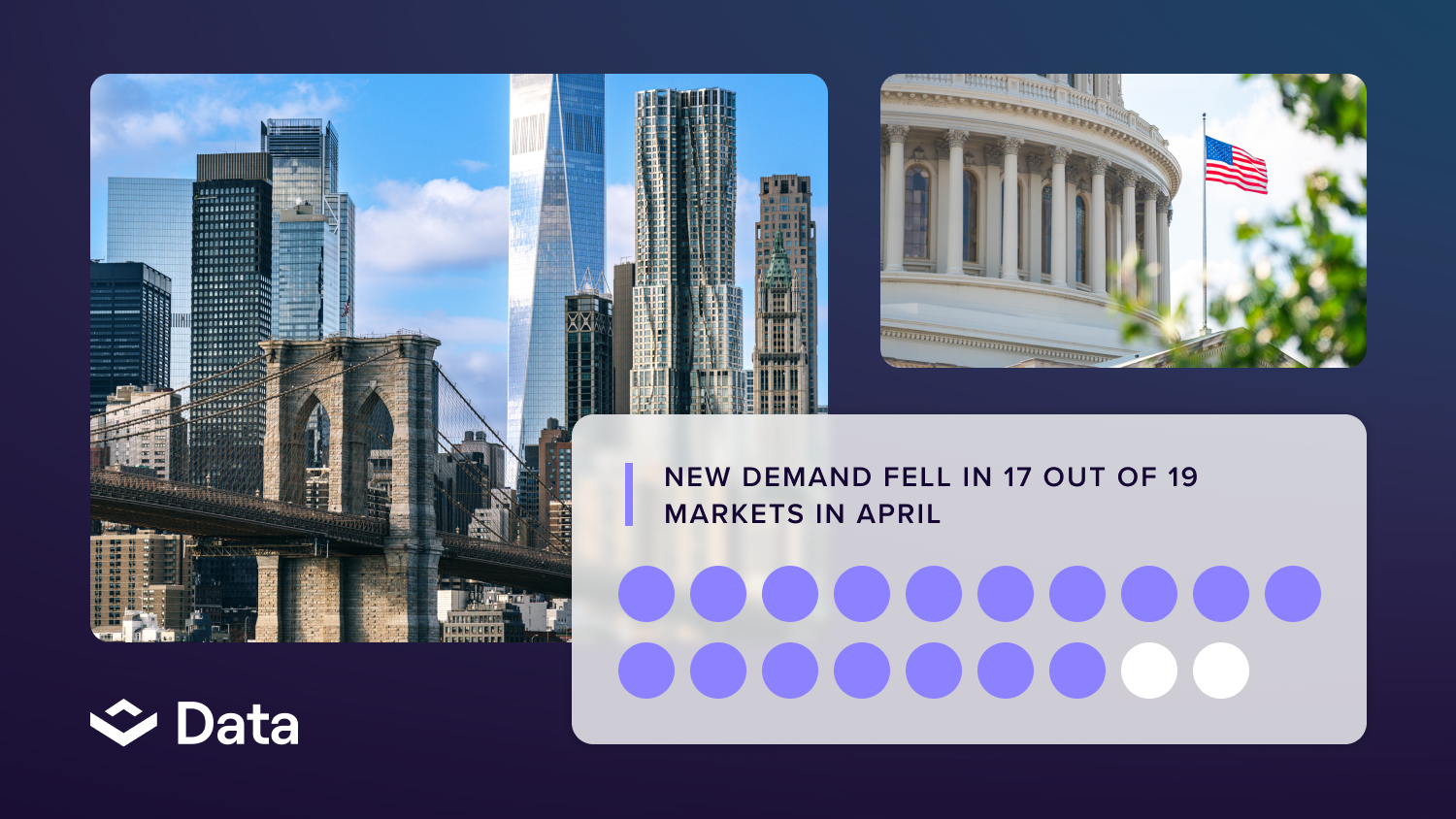According to Statista, in the fourth quarter of 2019, office space vacancies were at 9%. By the second quarter of 2021, vacancies had nearly doubled to 17.2%, due to the massive shift to virtual workspaces during the pandemic. By the third quarter of 2021, vacancy rates had gone down to 12.4%– but they’ve hardly budged since.
In today’s commercial real estate marketplace, tenant engagement strategies are a pivotal factor in attracting new occupants and retaining tenants. Read on to learn more about how to use tenant engagement to better understand what tenants really want and how you can provide it.
What is tenant engagement?
Tenant engagement is all about creating positive connections for greater tenant retention. A tenant who feels like their landlord or property manager puts them first will feel valued, and they’ll be more connected to their leased property, the property manager, and the other occupants–and less likely to leave.
Why is tenant engagement important?
Two words: experience economy.
In recent years we’ve seen a gradual shift from a product-based economy to an experience economy. Simply put, people would rather spend their money on an experience than on a physical object. But what does that mean for CRE, and how does it factor into tenant engagement?
Potential tenants are looking for a seamless, streamlined experience in the spaces they occupy. Rather than having a checklist of tangible amenities, they’re basing leasing decisions on the overall workplace experience a space (and its property management) can offer them and their employees, both digitally and physically.
For existing tenants, tenant engagement is about creating an experience of ownership and empowerment. When you use tenant engagement strategies to empower your tenants with tools like maintenance request tracking, social event planning, direct access to amenities, and hassle-free security, tenants feel invested in the rental property and are more likely to consider it their home away from home.
How can technology help with tenant engagement?
With an experience economy, tenants are no longer just looking for a property with low rent prices, a nice gym, and an onsite cafe. They are looking to landlords to provide a virtual environment that is as streamlined, convenient, and attractive as the physical office space–and it has to meet their needs.
Tenant experience software like VTS Activate combines digital tenant engagement with the ability to track engagement data, giving building owners and property managers valuable insights to support a customer-first approach to property management. Learning what your tenants want and anticipating their future needs can help you stand out from the competition and create brand loyalty to retain good tenants.
Key elements of a tenant engagement strategy
Physical facilities
Give occupants the ability to report maintenance issues with just a few clicks, and let them track the progress of maintenance requests so they’re not left in the dark. Not only is it convenient for your tenants, it also allows you to catch minor maintenance issues in a timely manner before they become major ones, saving you headaches later on.
Space planning
Few companies plan to stay the same size or shrink– when signing a new lease, most want to know that they have room to grow. Help potential tenants understand the flexibility of your space by giving them digital access to floorplans and space planning tools so they can envision a long-term relationship with your property.
Community engagement
Networking is key to building a strong business. Creating both digital and physical engagement opportunities– like message boards, attractive common areas, and enticing social events– can help occupants connect with you and each other. These offerings add another layer of value to your property brand and can help you retain tenants when it’s time to renew their lease.
Wellness
Good employers care about the health and happiness of their employees. Gyms and other wellness amenities might not carry the same clout as they did in the past for attracting potential tenants, but they remain a high priority. Retain tenants by prioritizing air quality, comfort, green spaces, and mental and physical wellness programs.
Safety & security
People want to feel safe at work, but they don’t want to have to cut through miles of red tape to get visitors into the building. An engagement platform like VTS Activate provides the best of both worlds: it maintains building security while giving tenants direct access control for their employees and visitors with verified mobile credentials.
Productivity & convenience
Along the same lines as wellness, anything that makes tenants’ (and their employees’) lives easier can boost productivity and add value to their company. This can be anything from offering easy ways to pay their rent, to partnering with local businesses that offer essentials like dry cleaning, grocery delivery, vehicle maintenance, and pet care. Use your digital platform to provide tenants with exclusive discounts and special offers.
Developing your tenant engagement strategy
The best tenant engagement strategy is one that’s invisible to the end users. Here are a few tips on how to create a seamless tenant experience with little to no disruption to your tenants.
Consistency is key
Your tenant engagement strategy should involve personnel from all aspects of your office building operations: property management, maintenance, security, etc. Get everyone on the same page with whatever technology you use to ensure that occupants’ digital experiences translate seamlessly into physical results.
Identify pain points
Talk to your team: what do they see working well? What needs improvement? How can you add value to your tenants’ businesses and help them feel more engaged with the space and each other? Identifying friction at all points of contact can help you get a clearer picture of what your tenant engagement strategy should include.
Make data-driven decisions
When you’re using technology to track tenant engagement, it’s easy to track trends and see when amenities aren’t being used or if social events are falling flat. Use short surveys to keep lines of communication open and gauge tenant satisfaction. Be agile enough to adjust your strategy to better meet the needs of your tenants, maximize your rental property’s efficiency, and make important decisions about capital improvements.
VTS Activate
VTS Activate uses innovative technology to help you create a better tenant experience, both online and in-person so you can buck the trend of empty office space and retain great tenants. Learn more at VTS.com.





